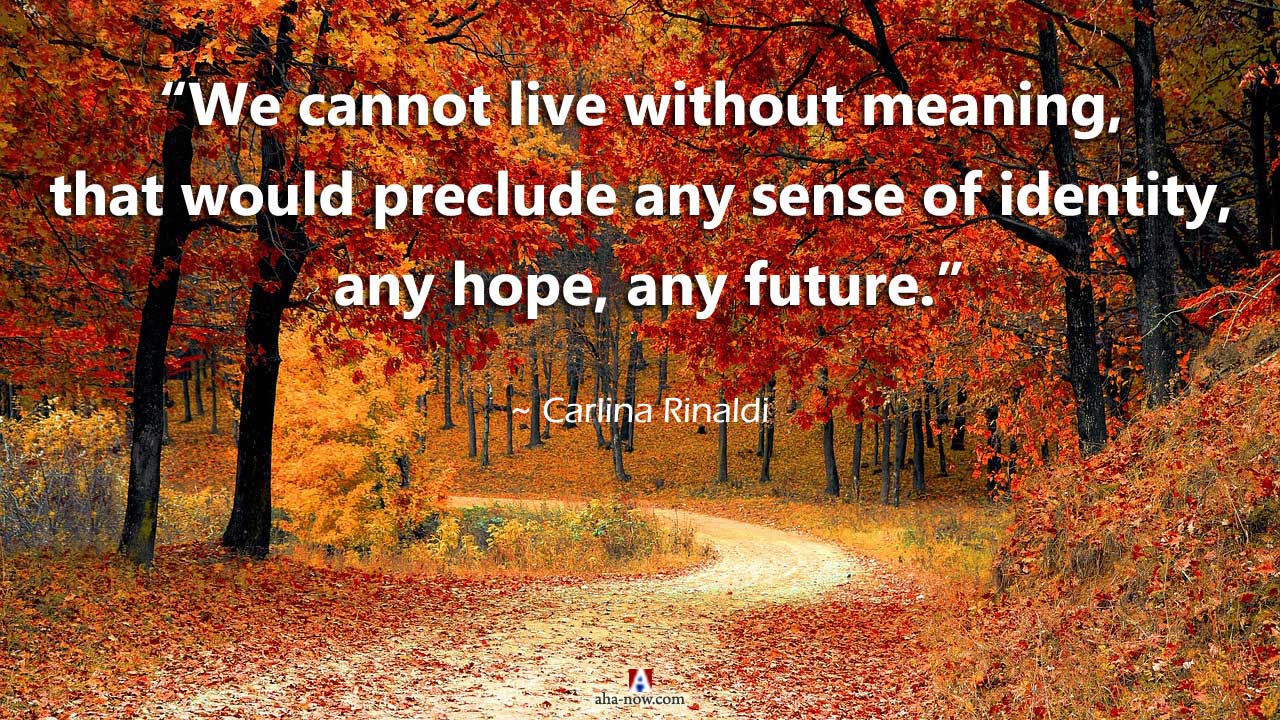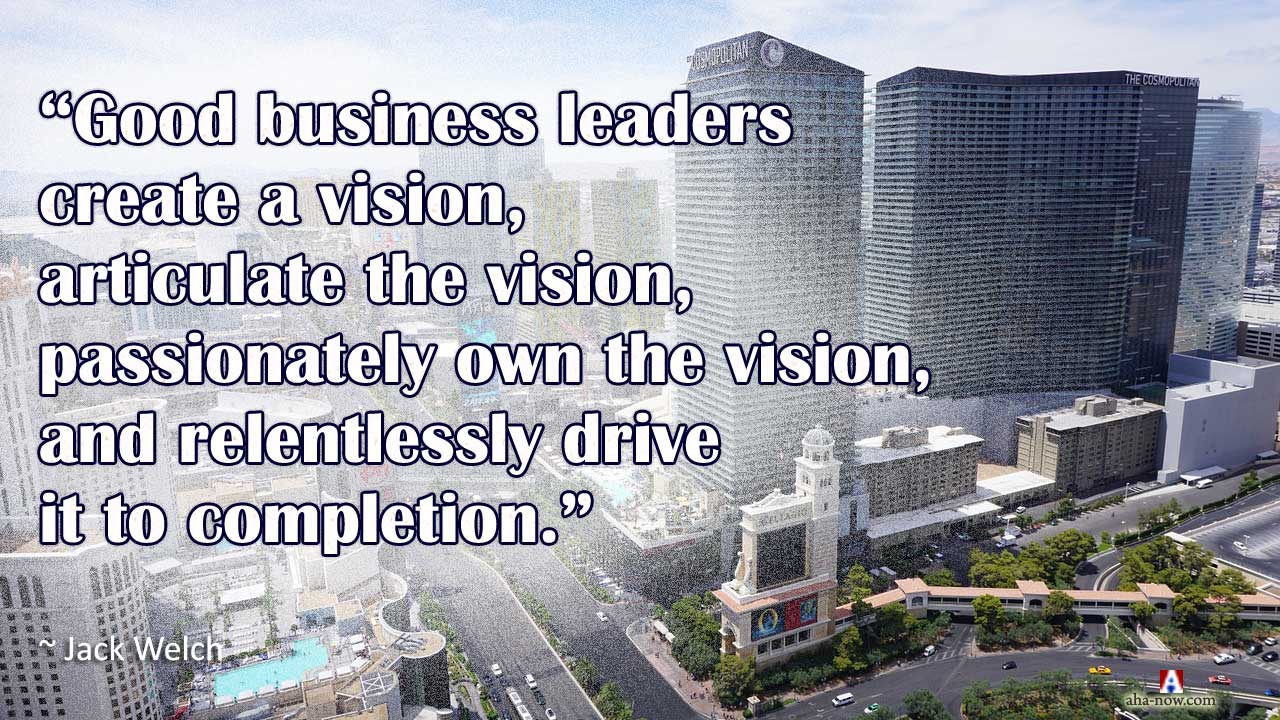By Bob Proctor,
While going through my files I came across a blurb from Catholic Digest written by Mary Kinsolving which is as relevant today as it was many years ago when it was written. Ms. Kinsolving tells a story of living in Manhattan where, as a child, her mother walked her to school four blocks away every morning and then walked home with her again in the afternoon. One hard winter her mother came down with pneumonia and Mary had to go to school and return home by herself. She states that on the way home the second day she fell on some ice while crossing the street and at that moment a car skidded towards her and came within inches of her before it stopped. "The driver helped me up," she said, "and I managed to get home but didn't tell my mother because I didn't want her to worry."
The next morning the streets were even icier and when she came to her first cross street she was terrified and stated that she stood at the intersection for a long time. Finally, an elderly woman came over to her and said, "I don't see very well. May I hold your hand when I cross the street?" She replied, "Oh, yes," and the elderly lady took her hand and "before long we were on the other side." Then Mary Kinsolving walked a short distance and looked back to see how the woman was doing. To her surprise, "She was crossing the street we had just crossed together and was walking by herself much faster than we had before." Ms. Kinsolving then realized that the lady had pretended poor eyesight only to help her cross the street. Much later in life she understood that she could overcome her own fears by helping someone else.
What marvelous advice from years gone past! Take that approach to life and I will SEE YOU AT THE TOP!


































